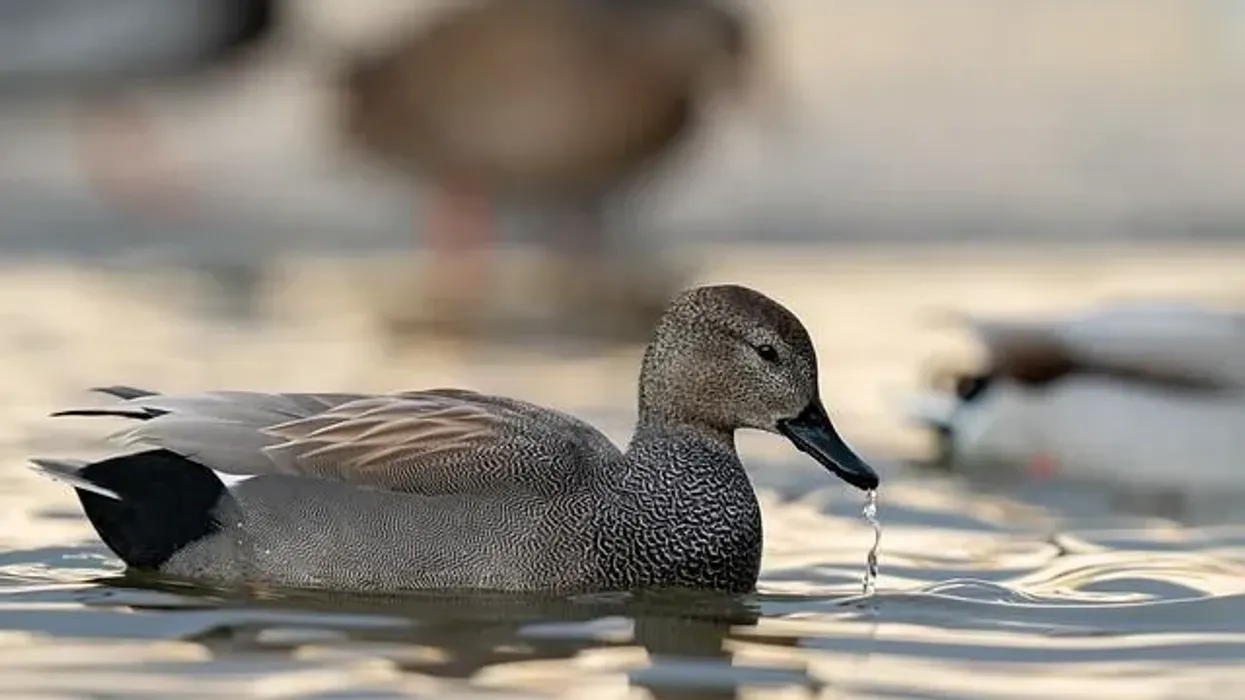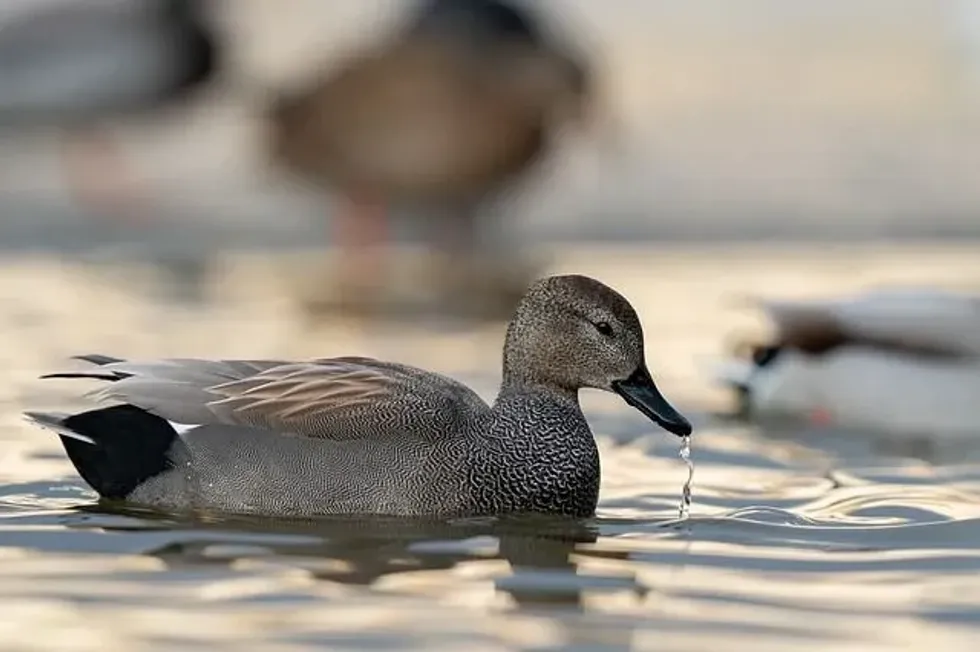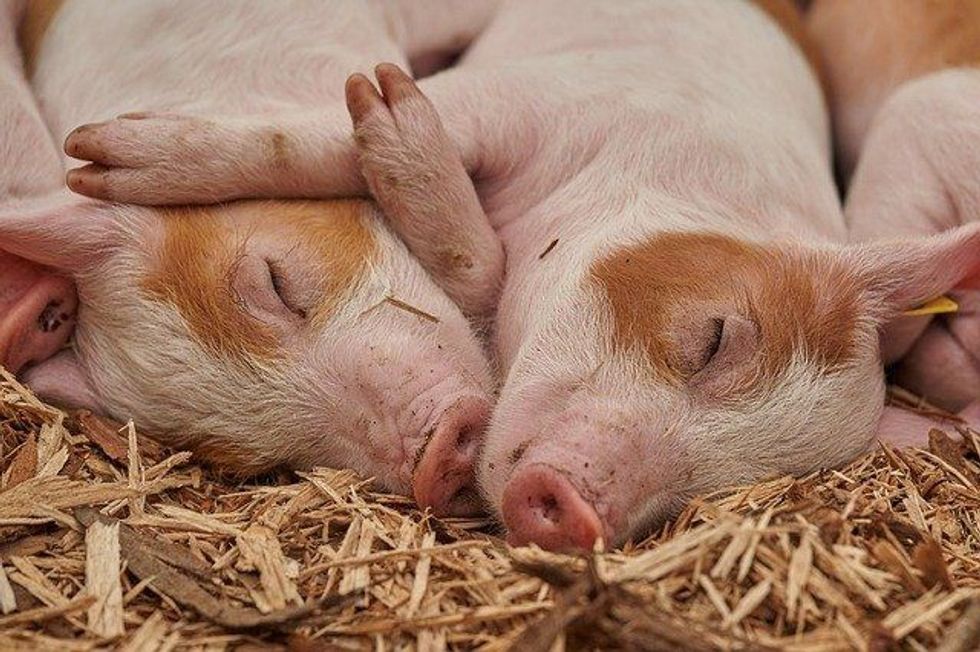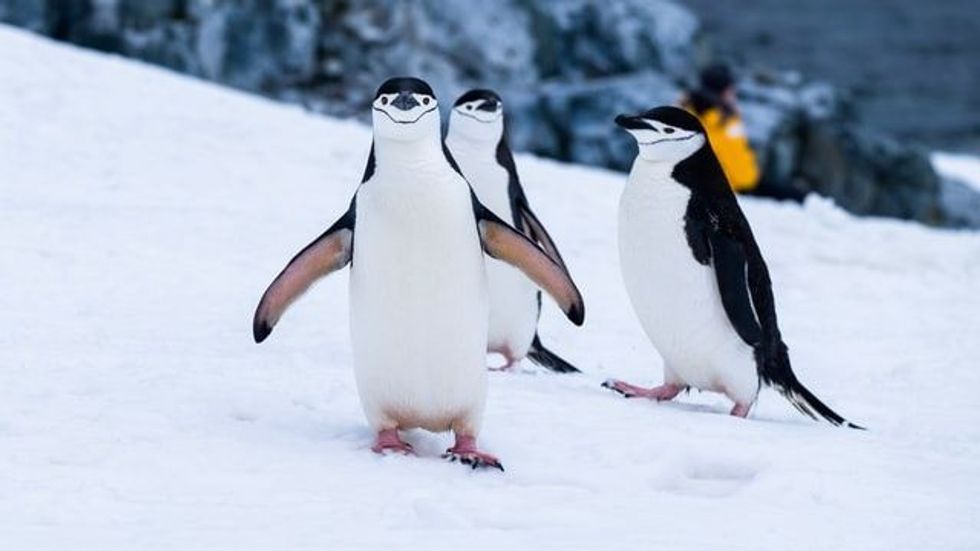Gadwalls (Anas strepera) are a type of dabbling ducks that belongs to the class of Aves. Their distribution is scattered in various areas.
These North American ducks do not have a specific habitat, but generally, the gadwall duck can be found in prairies, water bodies, open wetlands, marshes, grounds in islands, or grasslands. Their breeding grounds are widespread in North America. Migration is a major part of their versatile characteristics.
The waterfowl species are scattered throughout North America, Europe, and Central America. They feed on aquatic vegetation, leaves, seeds, and roots.
Gadwalls have subtle plumage and are not too bright or vibrant. Male gadwalls are known as drake gadwalls, whereas a gadwall female is known as a duck or hen.
Males have a slate gray-colored bill, whereas the females have a dark yellowish-colored bill with orange rims. A mallard gadwall hybrid is a drake gadwall with a white ring around its neck.
A gadwall duckling is distinguished from a mallard duckling with the help of its feet. A mallard duckling has orange-colored feet, whereas a Gadwall duckling has yellow-colored feet. Gadwall is good for human consumption.
These North American birds prefer 3 ft (91 cm) depth of water. Climate change can reshape the gadwall range, around 87% of their summer range will decrease and 50% of the winter range will increase by the year 2080, so it is a threat to their population.
To know more about this fascinating bird, read on this gathered set of interesting facts about them for you to read. You can also read up more articles on the golden oriole and the shrike.
Gadwall Interesting Facts
What type of animal is gadwall?
Gadwalls are a type of dabbling ducks that belong to the family of Anatidae.
What class of animal does gadwall belong to?
Gadwalls belong to the class of Aves.
How many gadwalls are there in the world?
Gadwalls are very common and widespread. Their population is considered large and the number stands somewhere around 4,300,000-4,900,000 in the world. Since they are hunted, around 1.7 million were harvested as per records from 2010.
Where does gadwall live?
Gadwalls are mainly found in prairies, open wetlands, or grasslands. They are scattered throughout North America, Europe, and Central America.
They primarily breed in the northern parts of Europe, Asia, southern coastal Alaska and California, the Great Plains, Iceland, and the Canadian prairies. In a nutshell, they are widely spread and are found in a variety of habitats as well.
What is a gadwall's habitat?
Gadwalls prefer steppe lakes and shallow waters. They prefer nesting in swampy areas, including lakes, marshes, and ponds.
Moreover, as they are dabbling ducks, they are often found on aquatic vegetation grown over some lakes or water bodies. They build their nests in hidden dense forests or vegetation, meadows, and dikes far from the water.
These ducks also prefer dense flooded vegetation and forests. A few of these duck species are found in deltas and tundra in the boreal forests when breeding occurs. In urban areas, where there are fewer ponds and lakes, they may use stock ponds.
Gadwall ducks conceal their nests in densely vegetated areas with an abundance of emergent plantations, marshes, or watery areas for protecting the gadwall ducklings from threats. These waterfowl species travel and search for saltwater and fresh morasses, beaver ponds, reservoirs, and streams during the winter season.
Who do gadwalls live with?
Gadwalls generally live together, but at times they may forage alone, which is very rare. During migration in winters, they travel in huge flocks.
How long does gadwall live?
Gadwalls have a decent life expectancy; they may live for around 19 years in the wild.
How do they reproduce?
The female gadwall chooses a male gadwall based on its elaborate performance during courtship. They form pairs during migration that occurs in the autumn.
Gadwalls are oviparous, which means they lay their eggs. Their incubation period lasts for a month, and there are between 8-11 eggs in each clutch.
The young leave their parents once they are ten weeks old, and when they are about two months old, they learn to take flight. Pairs are usually seen during the winter season as they choose their partners for breeding in the fall.
What is their conservation status?
According to the International Union for Conservation of Nature, these bird species are listed as of Least Concern. They are often hunted, while their major threats remain pollution and habitat loss.
Gadwall Fun Facts
What do gadwalls look like?

Gadwalls are dabbling ducks with semi-patterned feathers. Males are brownish-gray in color and have a white or chestnut-colored gut, with the rump being black.
When gadwall, male specifically is on a flight, its chestnut or white-colored belly, wings, and black bottom are on display. Males have a slate gray-colored bill with yellow feet.
The female gadwalls are mottled with brown and a dark yellow colored bill with orange edges with black patches over it. Gadwall identification is mainly made with the help of the Gadwall wing that has white patches on both males and females.
How cute are they?
Gadwalls are very adorable and cute. These waterfowl species are social and are not really aggressive, but it sure is fun to watch them steal and tease.
How do they communicate?
Gadwalls communicate through three major channels, namely, tactile, physical, and acoustic. They often use acoustic communication through sounds, and a gadwall duck's call includes grunts and whistles.
Various physical movements are used to convey their message. For instance, they lift their chins; the males flounce their wings to attract the female gadwall. The gadwall drake call consists of the kind of call that is known as meps, and whistles, whereas the hen gadwall makes high-pitched sounds.
How big is gadwall?
Gadwalls can range from 18-22 in (46–56 cm) in length, and their wingspan ranges from 31-35 in (78-90 cm). They weigh 17.6-44.1 oz (500-1250 g). These bird species are around three times bigger than shrikes.
How fast can a gadwall fly?
Gadwalls are known to have decent flight speed, and their average speed of flight is 43.86 mph or 70.6 kph. This fact is based on their migratory speed.
How much does gadwall weigh?
A gadwalls' weight can range from 17.6-44.1 oz (500-1250 g).
What are their male and female names of the species?
Male ducks are referred to as drakes, and females are usually called hens. They are collectively known as gadwalls.
What would you call a baby gadwall?
A gadwall is a North American duck species that belongs to the class of Aves, and a baby gadwall bird is called a 'duckling'.
What do they eat?
Gadwalls are omnivorous in nature. They prefer aquatic vegetation that is mostly submerged, such as algae, pondweed, water milfoil, rushes, and widgeon grass. Their diet includes several seeds, stems, leaves, and roots.
They feed on some invertebrates such as snails, water beetles, and midges during the breeding season. A gadwall's diet can consist of around 50% of these invertebrates but only during the months of breeding and throughout winters. This percentage drops off to nearly 5% of animal matter that is included in their diet.
Are they friendly?
Yes, gadwalls are friendly and social, but their friendliness with ducks may depend on a few factors such as their training in zoos.
Would they make a good pet?
No, gadwalls would not really make good pets as these ducks are more likely to live in the wild. They are not kept as domesticated ducks, and they would not adjust as well. As they were hunted and consumed, there are regulations as per the Migratory Bird Act; capturing or owning any species of waterfowl is prohibited.
Did you know...
These waterfowl species are monogamous, which means they breed with the same mate year after year.
Are gadwalls thieves?
Gadwalls are likely to be known for thievery as they mostly forage in flocks or at least in close vicinity to others of their aquatic neighbors. They often steal food as they return to the surface water from others of their aquatic neighbors and ducks.
What threatened gadwall populations?
The gadwall (Mareca strepera) has gone through a very serious decline in their population as they were used for human consumption and were hunted in large numbers. These birds are, thus, good to eat.
In addition to these, there were no bird conservation acts or hunting regulations imposed, so the population declined greatly. As of now, governmental regulations and protections have been established to gain back their population. However, climate change is also affecting these ducks and may change their migratory patterns as well as distance.
Here at Kidadl, we have carefully created lots of interesting family-friendly animal facts for everyone to discover! Learn more about some other birds, including the crested duck and the Muscovy duck.
You can even occupy yourself at home by drawing one of our Gadwall coloring pages.










